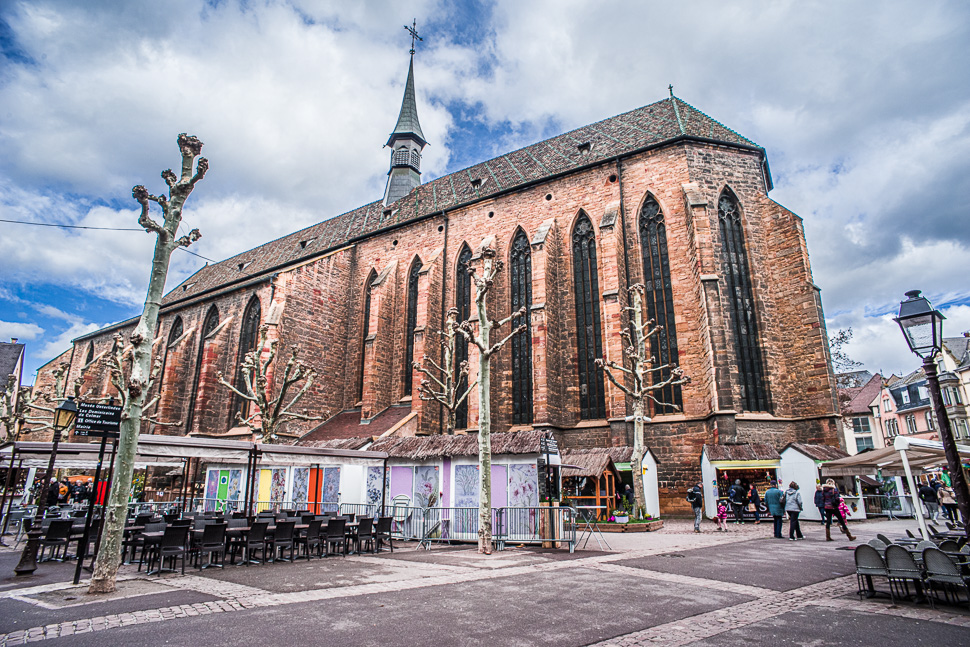
When the rain had finally stopped, we visited 2 cities in the beautiful Alsace, the region at the border to Germany, first the very picturesque Colmar and later the much bigger Strasbourg with its very impressive cathedral.
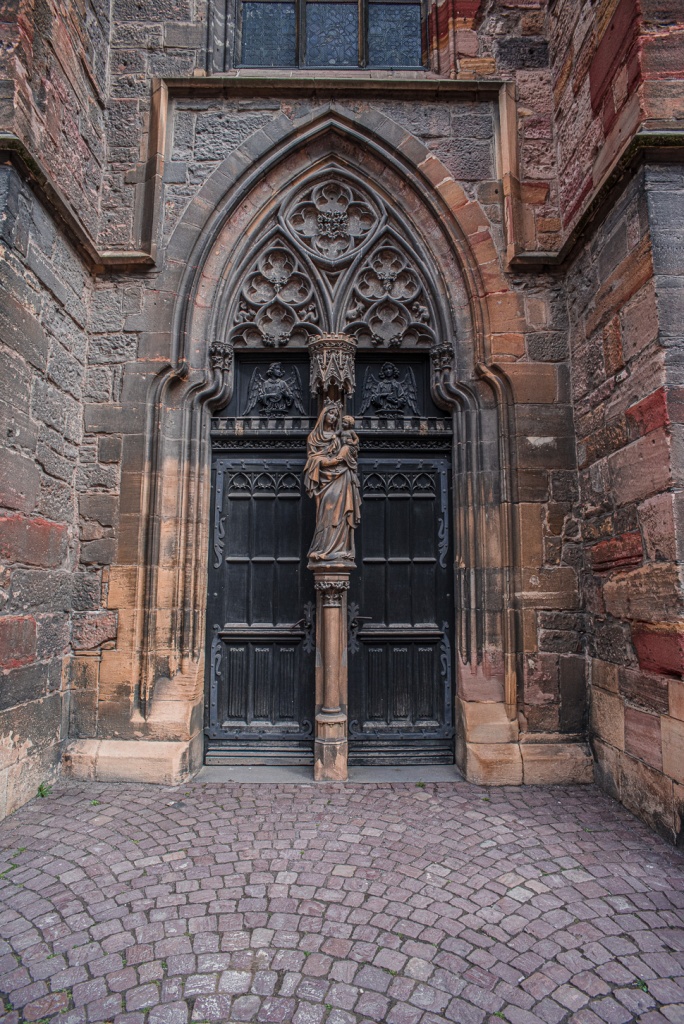
Colmar has a very well preserved old town with crooked timber-framed houses, little squares and alleys with lovely shops, many of them decorated for Easter. We used the caravan parking provided by the town, where you can easily park along the road and strolled into the centre.
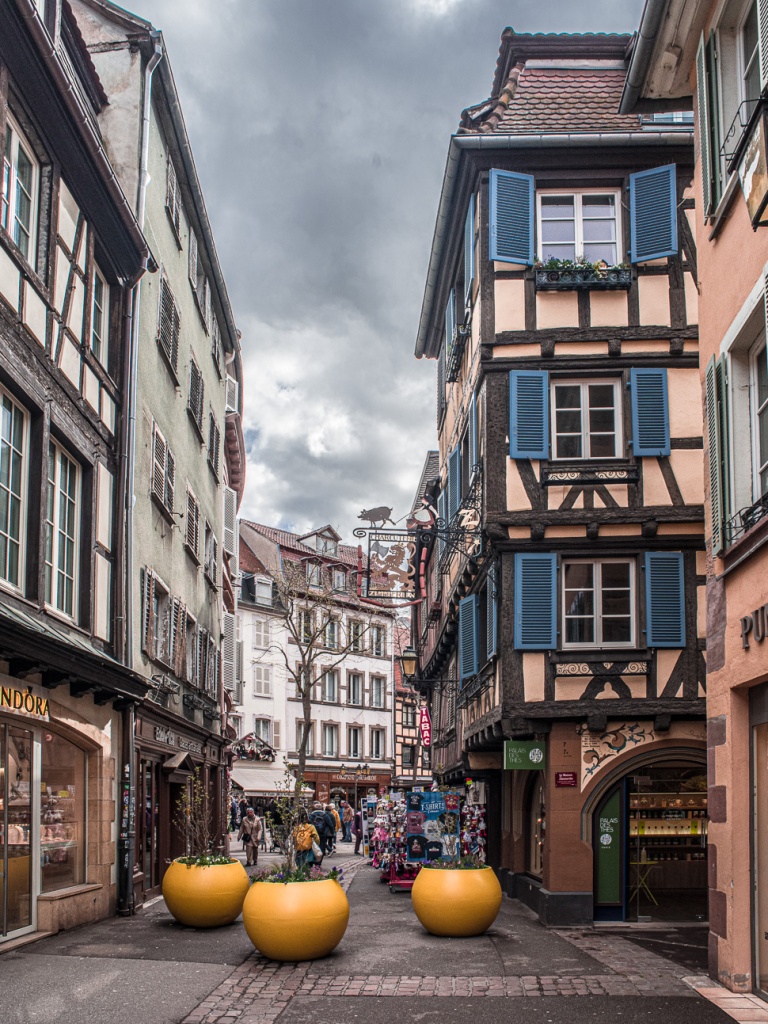
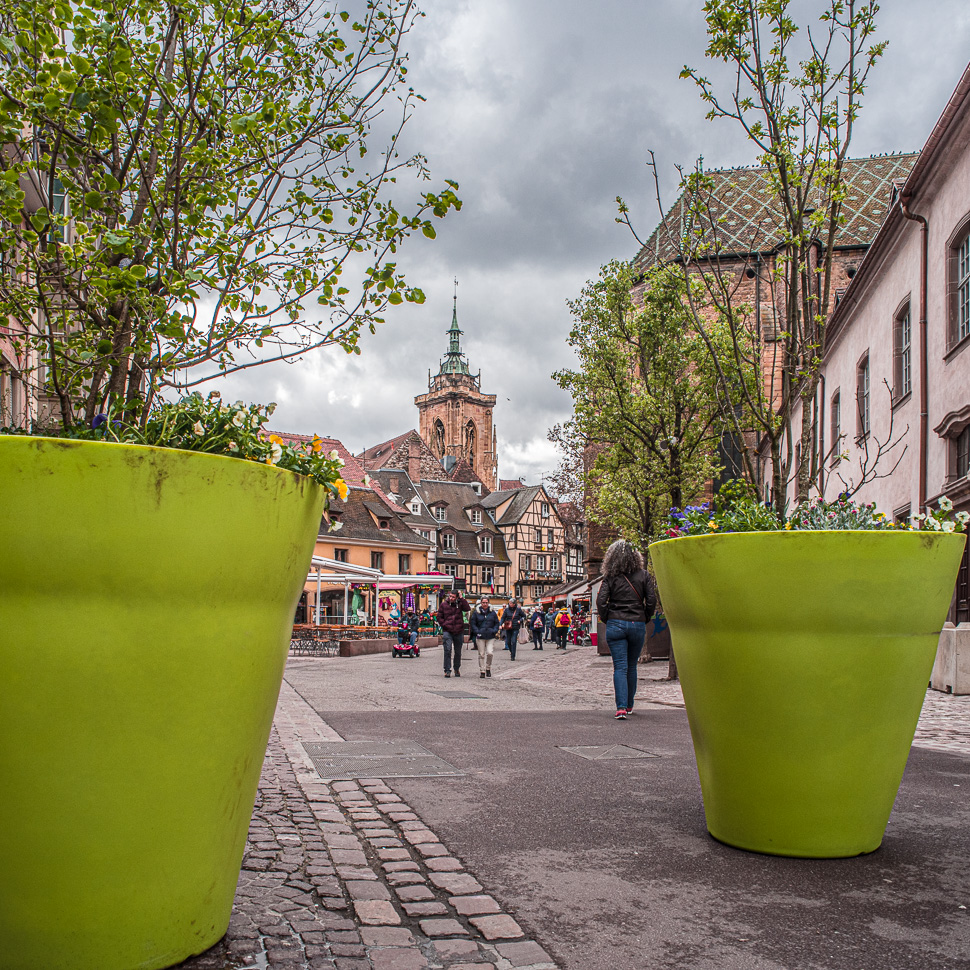
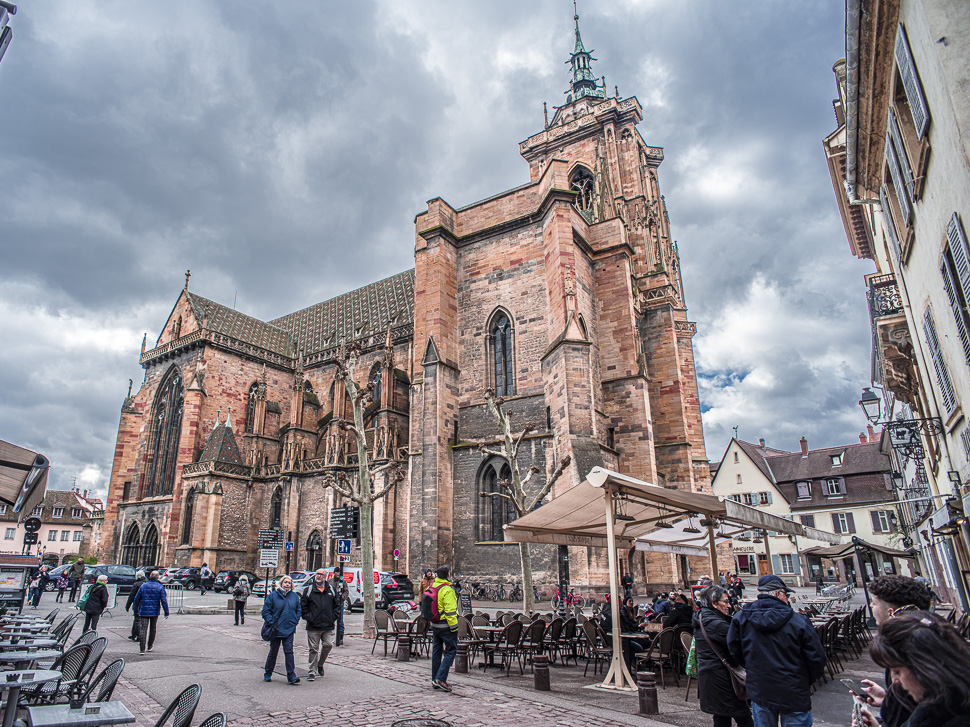
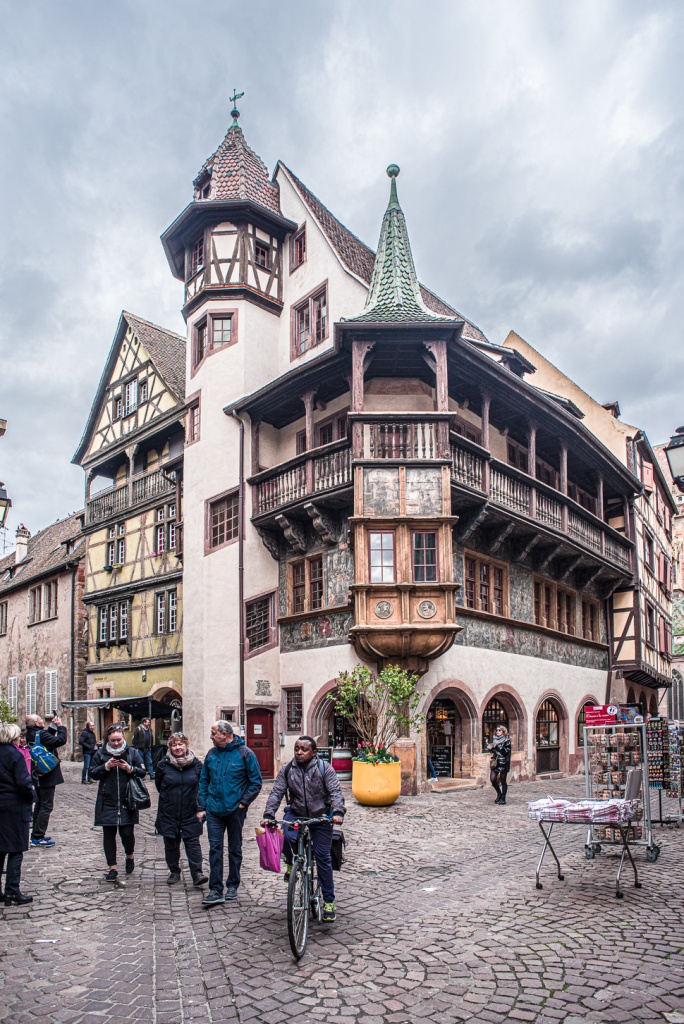
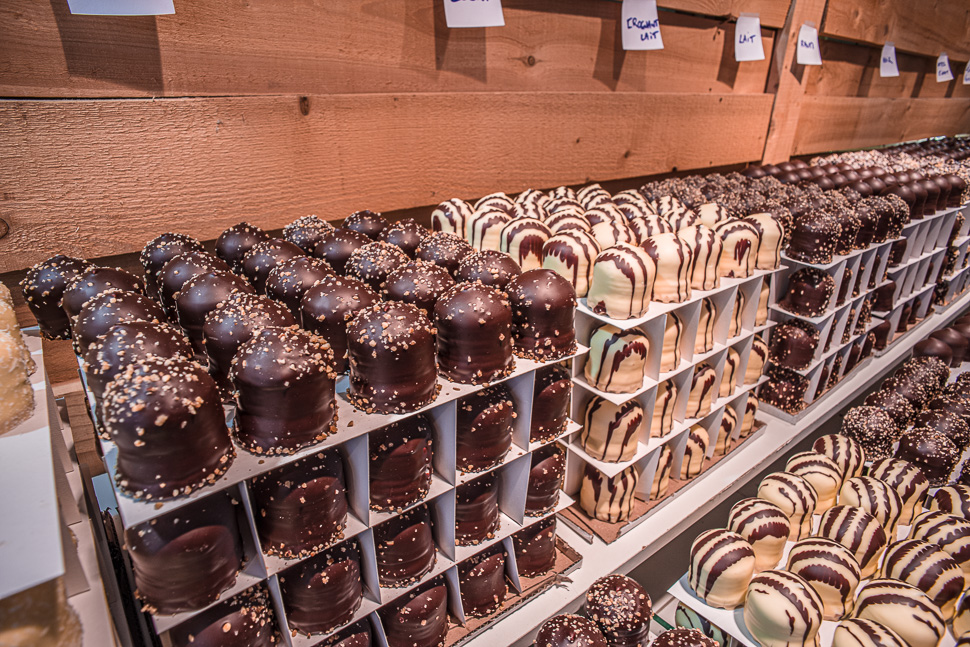
We noticed many delicious looking treats, in the end we decided to try some of this “Tête au chocolat” – we will soon find out, if they are as good as Austrian “Schwedenbomben”.
We were moving on to Strasbourg, where we used one of the park&ride parkings, where tram tickets are included in your parking fee, just that we payed 18 instead of 6 Euros because we are higher than 3 metres – if we would have known that before, that would have been helpful.
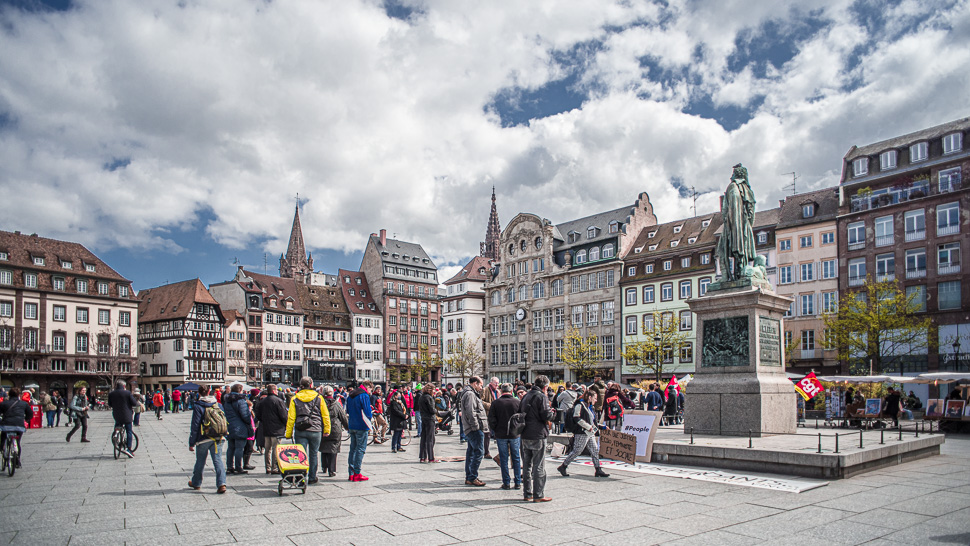
Strasbourg is one of the de facto four main capitals of the European Union, as the official seat of the European Parliament is here. But also the European Court of Human Rights and the International Institute of Human Rights are located in Strasbourg. We got the impression of a very multicultural town with many restaurants and people from all over the world.
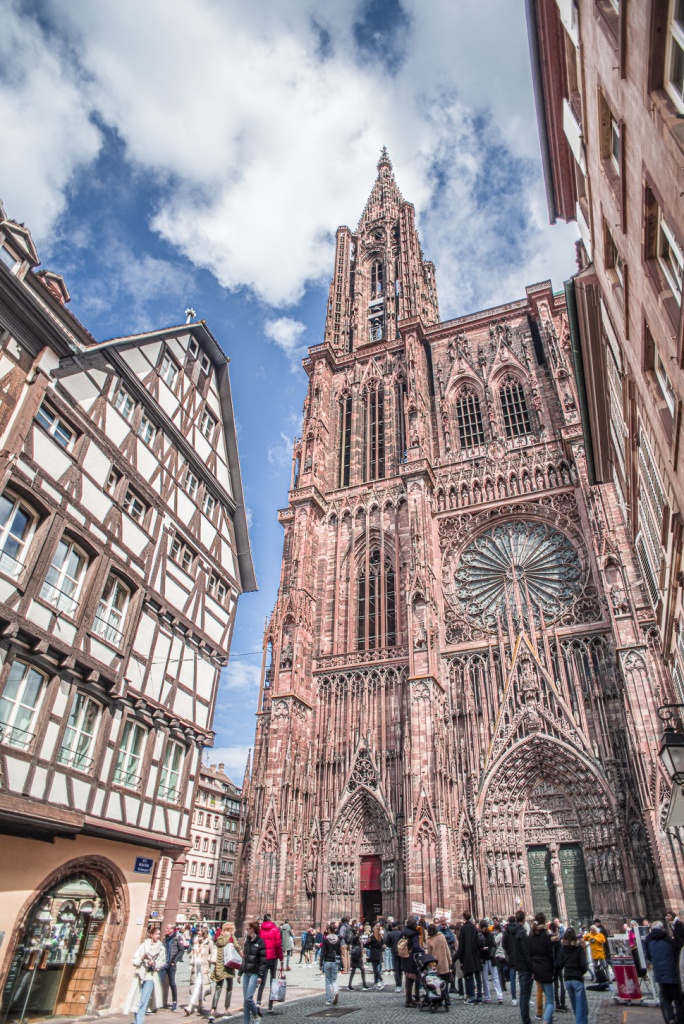
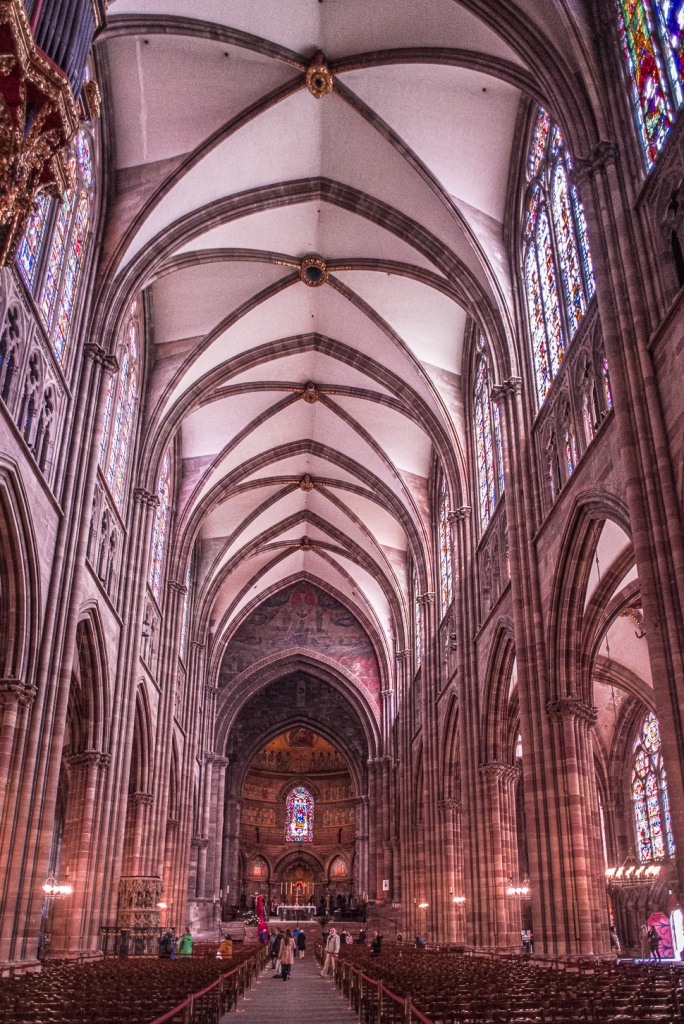
The construction of the cathedral, which had started in the year 1015 and had been relaunched in 1190, was finished in 1439.
At 142 metres, Strasbourg Cathedral was the world’s tallest building for 227 years (from 1647 to 1874), when it was surpassed by St. Nikolai’s Church, Hamburg. Today it is the sixth-tallest church in the world and the highest still standing structure built entirely in the Middle Ages. When you stand in front of it you are in awe of its size and beauty. How must that have been for the people in the Middle Ages coming to Strasbourg?
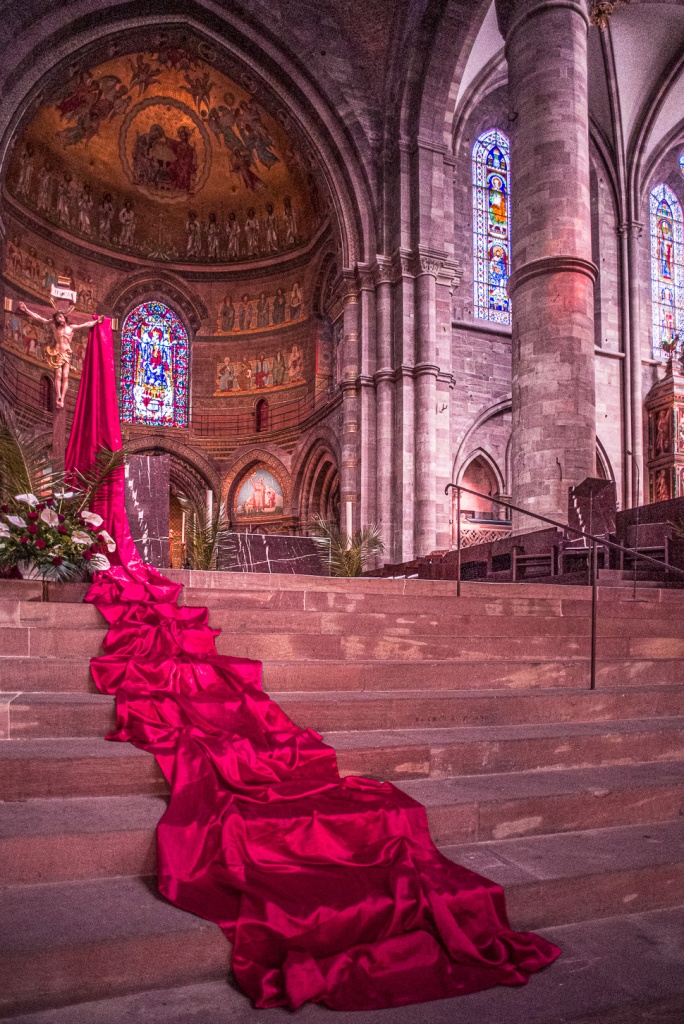
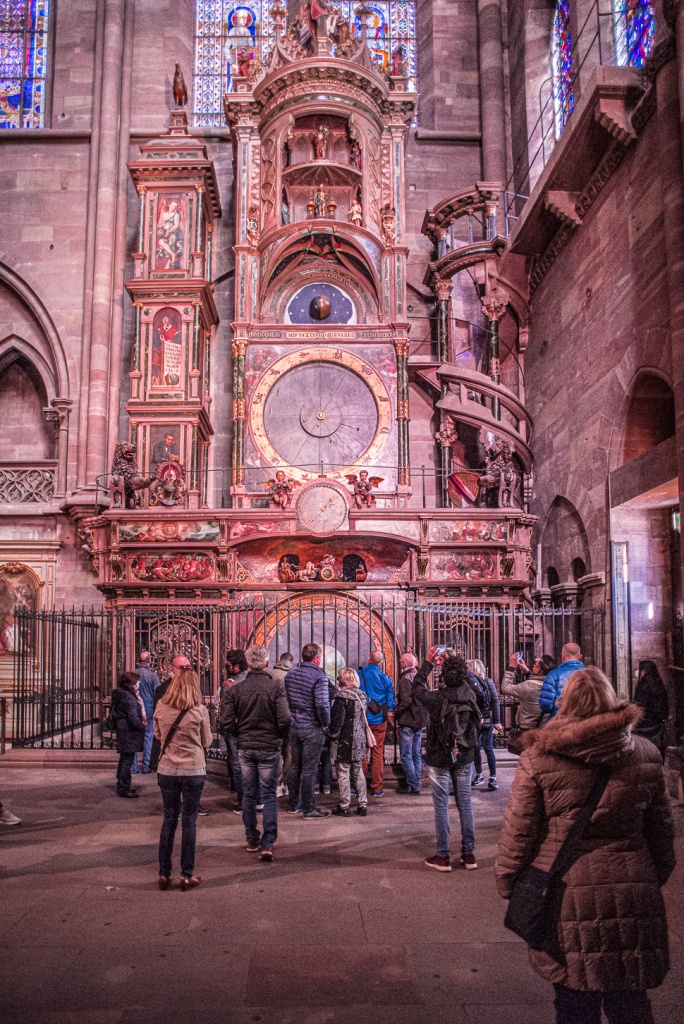
The astronomical clock in the cathedral is the third one, dating from 1843 (the first had been built in the 14th century). Its main features, besides the automata, are a perpetual calendar, an orrery (planetary dial), a display of the real position of the Sun and the Moon, and solar and lunar eclipses. The main attraction is the procession of the 18 inch high figures of Christ and the Apostles, which occurs every day at solar noon, while the life-size cock crows thrice. Sadly we had missed that.
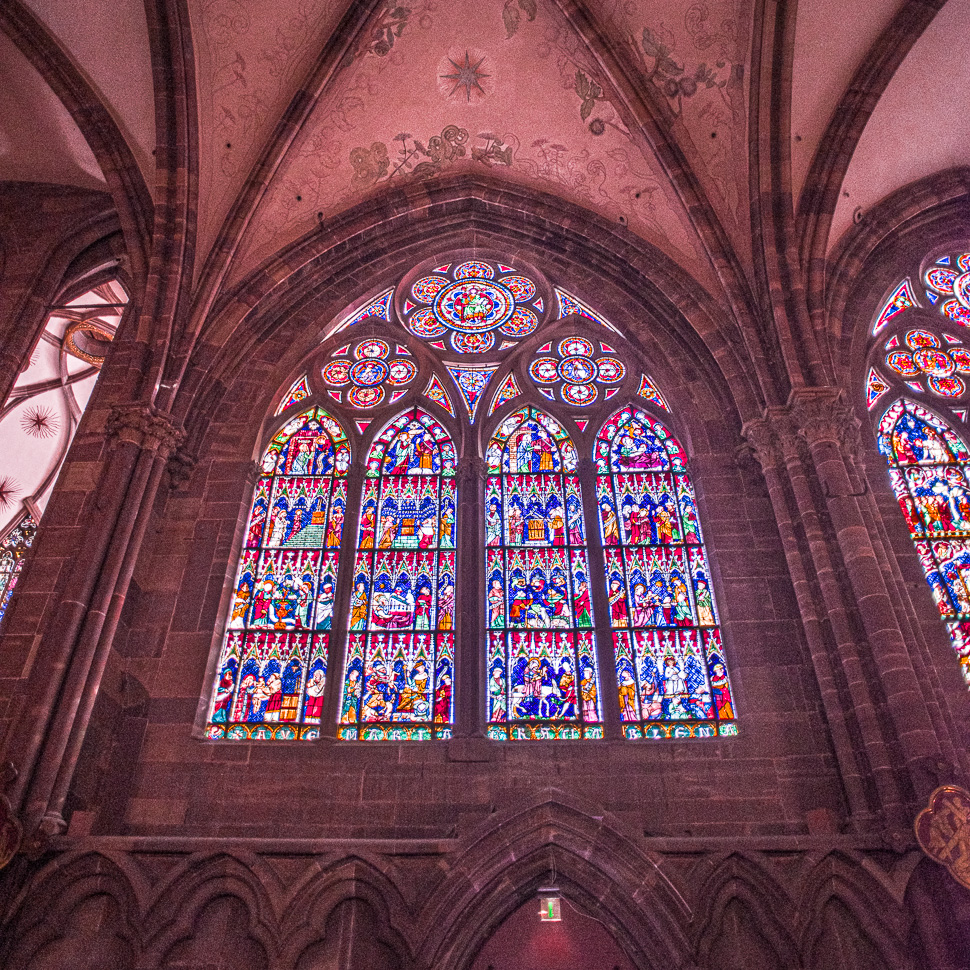
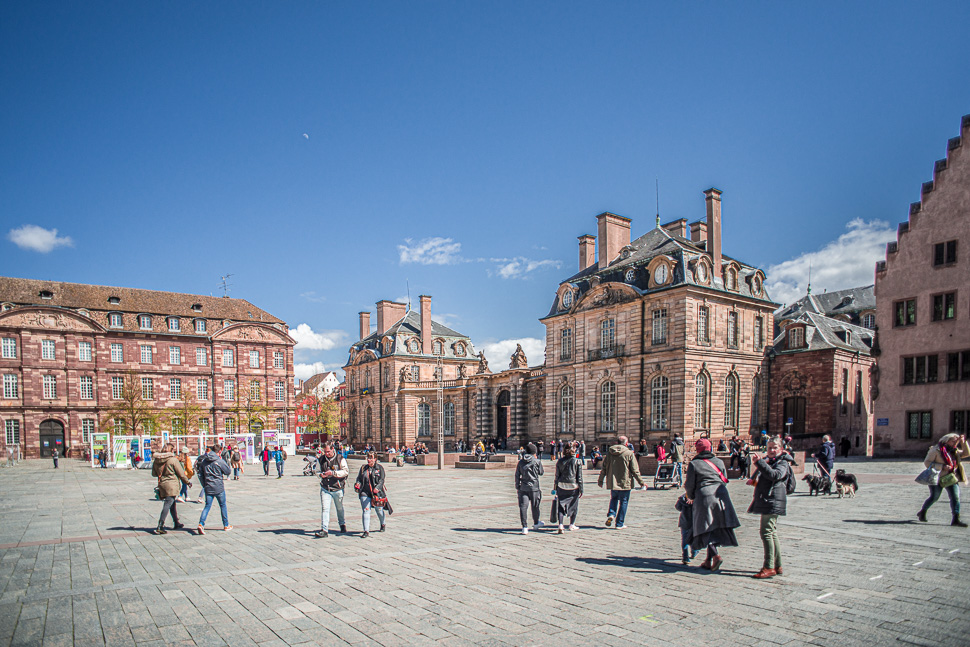
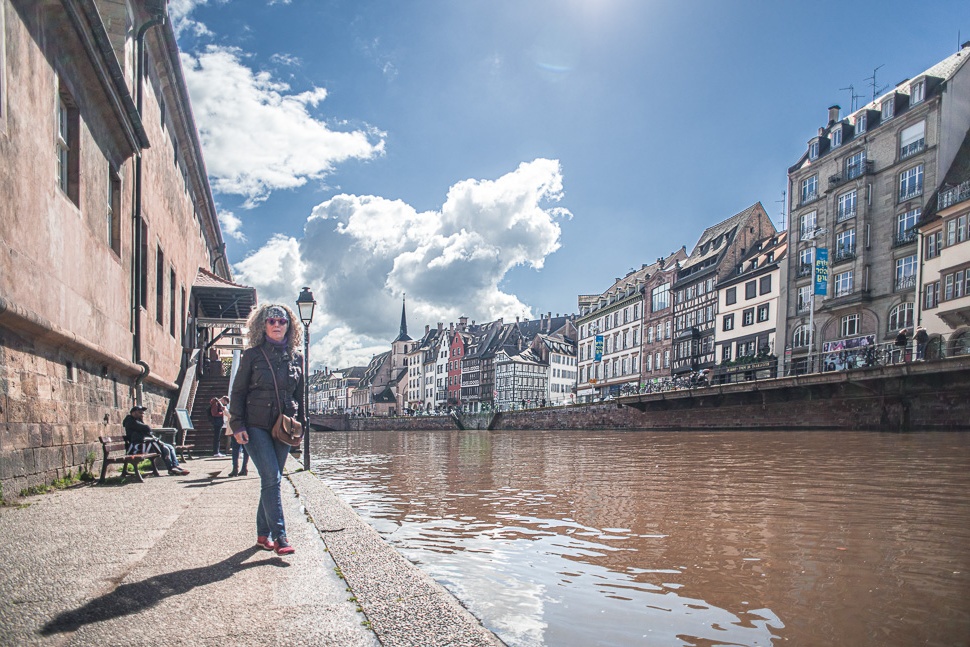
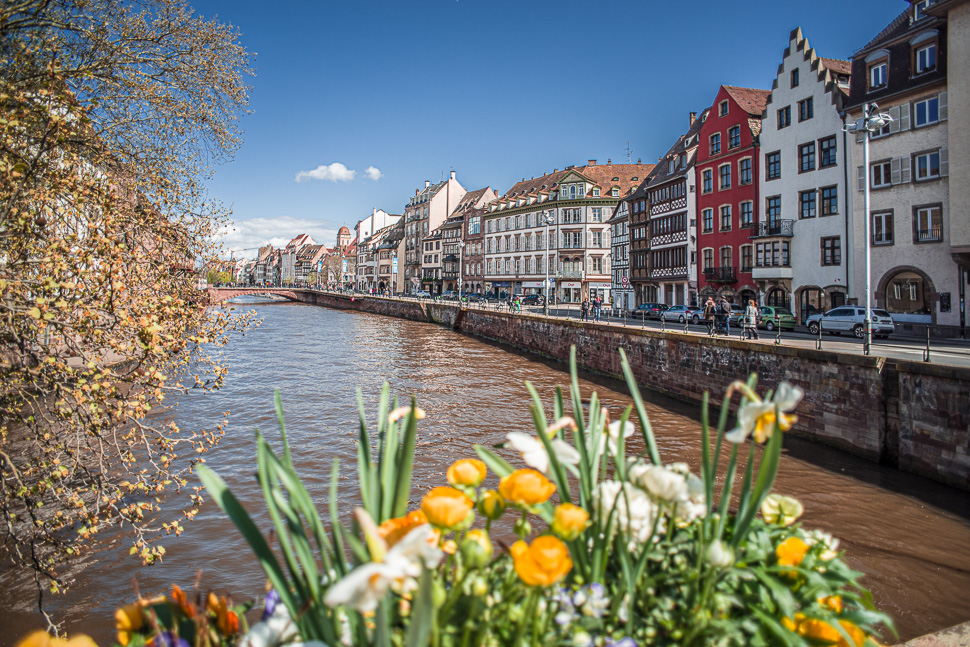
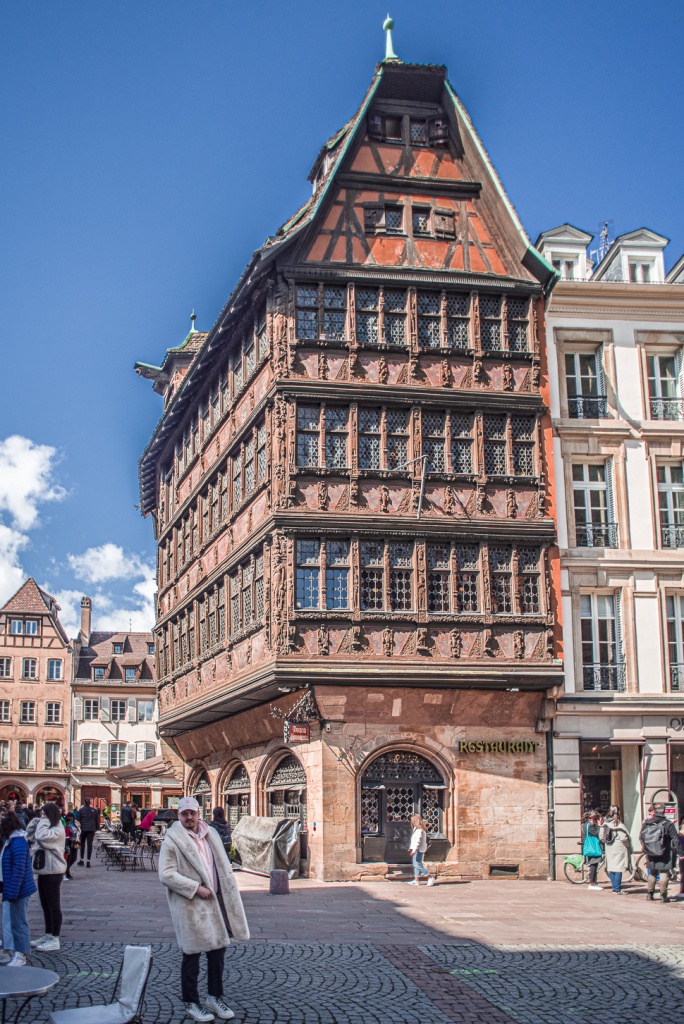
The Kammerzell House was built in 1427 and twice transformed in 1467 and 1589, when the three floors of ornamented timber were built with crown glass windows. It is one of the most ornate and well preserved medieval civil buildings in late Gothic architecture.
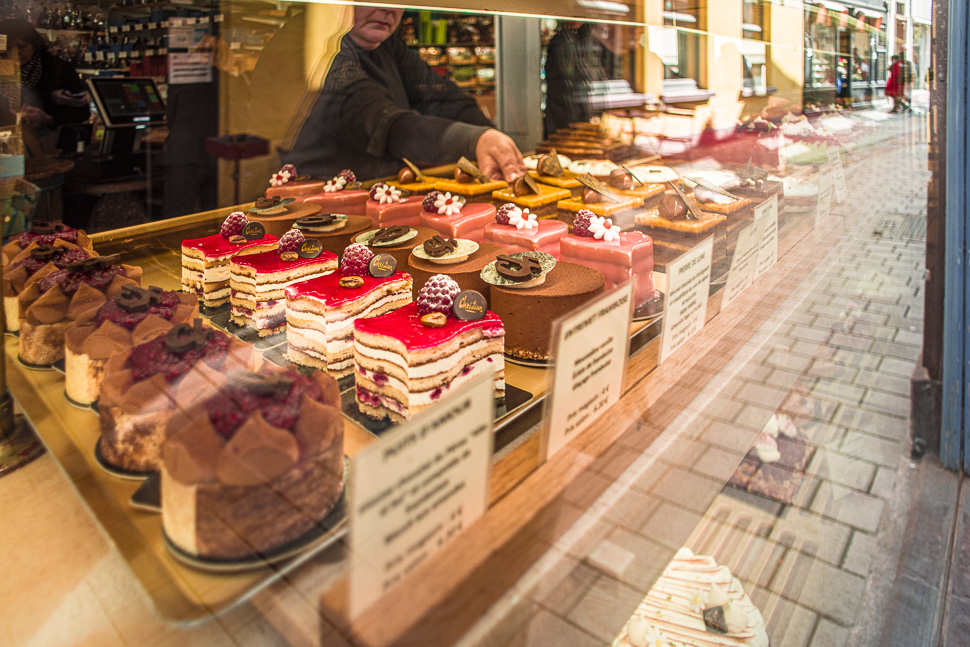
Our next destination is the defence line of the French against Germany, the Maginot Line, where we were lucky to visit one of the fortifications with an excellent guide – more on our next post.
